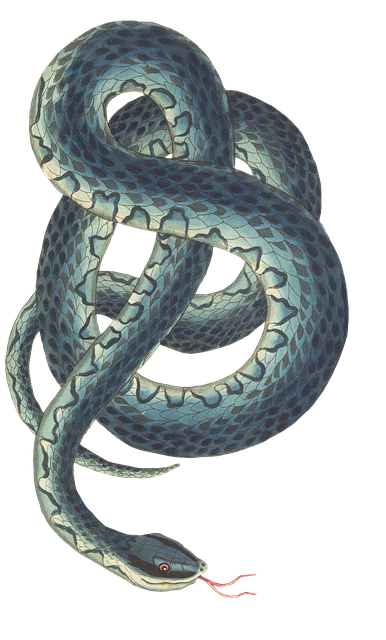Rainbow Snake Spotted In Florida For The First Time Since 1969

KEY POINTS
- A rainbow snake was sighted in Florida for the first time since 1969
- They are characteristically found under riverbank flotsam like Spanish moss or logs
- Researchers have claimed the snake is non venomous
Florida has been in the headlines concerning the removal of pythons from the everglades. The exercise is currently ongoing, so it should not be a surprise that this is also a snake related story
Someone found a rare rainbow snake in one of the natural reserves.
The Florida Fish and Wildlife Conservation Commission, via their Wildlife Research Institute, reported a hiker discovered the rarely seen snake in the Ocala National Forest last week.
The rainbow snake goes by the scientific name of farancia erytrogramma, and this sighting is the first since last seen in 1969.
Biologists working for the Wildlife Research Institute thought it was seen owing to the recent reduction of water levels at the Rodman Reservoir.
They are characteristically found under riverbank flotsam like Spanish moss or logs.
According to the information given by the Florida Museum of Natural History, the last sighting of the rainbow snake in Marion County Florida speaks volumes to the cryptic nature of this snake, its rarity, and its reclusive behavior.
This breed is also known as the eel moccasin.
The particular skill set the rainbow snake uses when hunting for food makes it a deadly predator for eels. Reptile and amphibian specialists rarely get the chance to study or see the snake.
The Florida Museum of Natural History pointed out that the habitat for this particular uncommon breed of snake includes Northern Peninsula and along the St John’s River down into northern and central Florida.
The Florida Museum of Natural History claimed the snake does not have venom, therefore, was harmless.
When or if the snake gets captured, it can use its pointed tail tip to press the skin of its capturer’s hand.
And even though the snake can use its tail tip this way, it will not be able to break through the human skin because it is not strong enough.
The Florida Museum of Natural History confirmed this in a statement that the tail is harmless.
The museum also said that on some occasions, especially in the night or just following the end of heavy rains, the rainbow snake can be spotted crossing the road.
They added the snake prefers aquatic kinds of living conditions and is regarded as being an excellent burrower.
Because of the snake’s aquatic lifestyle, it would be seen around the edges of water bodies or spend a large chunk of its life living under floating vegetation.
Other places that the snake loves to live in include under shoreline debris.
© Copyright IBTimes 2025. All rights reserved.





















